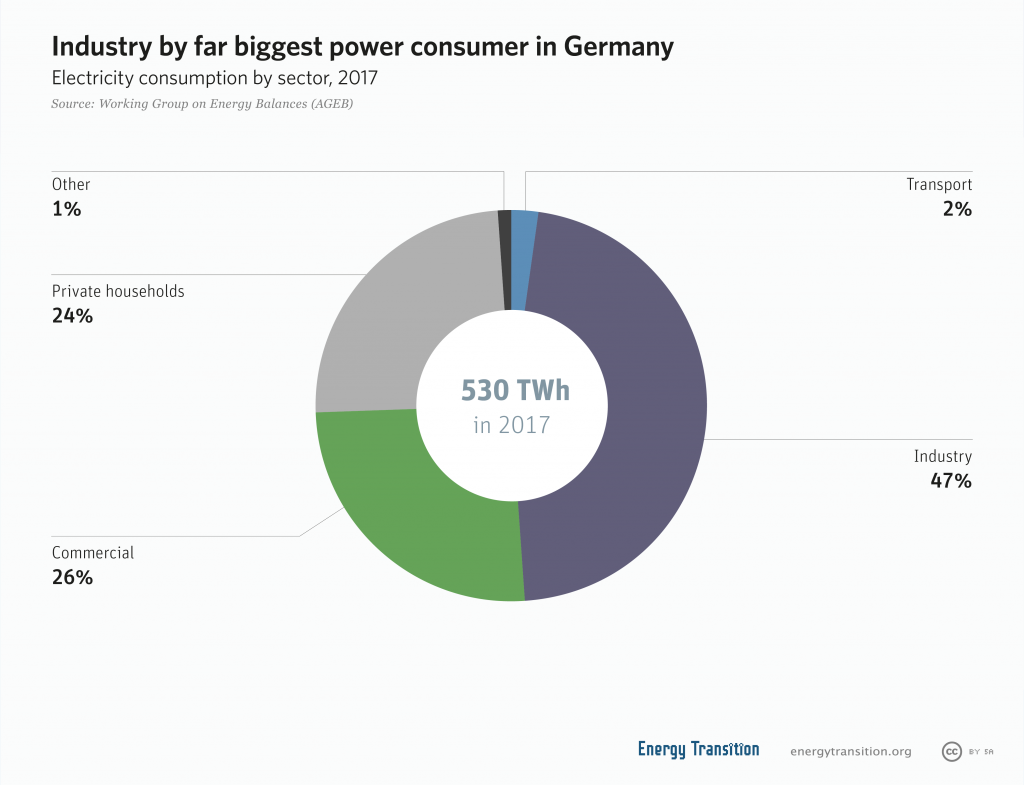How is electricity bought and sold? In Germany, there are different rules for industrial and private consumers.
Small buyers: the retail market
Typical retail power consumers include households and small businesses. These power purchasers have low-voltage grid connections and consume relatively little electricity. They also generally pay the highest prices because they have been “captive” up to now, meaning that they have had no affordable alternatives to electricity from the grid. The growth of renewables – and in particular solar with storage – is changing that situation worldwide.
Big buyers: agreements and power exhange
Power is purchased both through long-term agreements and on the power exchange (spot and day-ahead markets).
Power can be bought and sold in long-term agreements, the most common model for the bulk of electricity in free markets like Germany. In this model, big buyers of electricity such as industrial companies and the big sellers of electricity (power plants) can sign power purchasing agreements directly.

However, these contracts cannot estimate the actual power demand 18 months in advance. Therefore, the remainder of power needed is purchased on the wholesale electricity market – this amount has been increasing over the past years.
The wholesale electricity market in Germany consists partly of a spot market for relatively immediate purchases and the day-ahead market, for purchases the next day. Spot market prices generally determine what prices can be arranged in direct purchasing agreements. The day-ahead market is especially interesting for renewables like solar and wind, which depend on the weather – and that can only be reliably predicted within 24 hours.